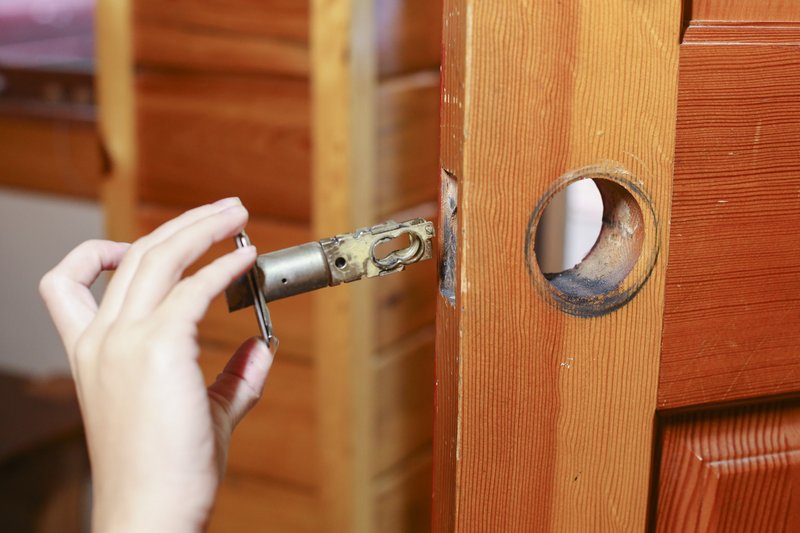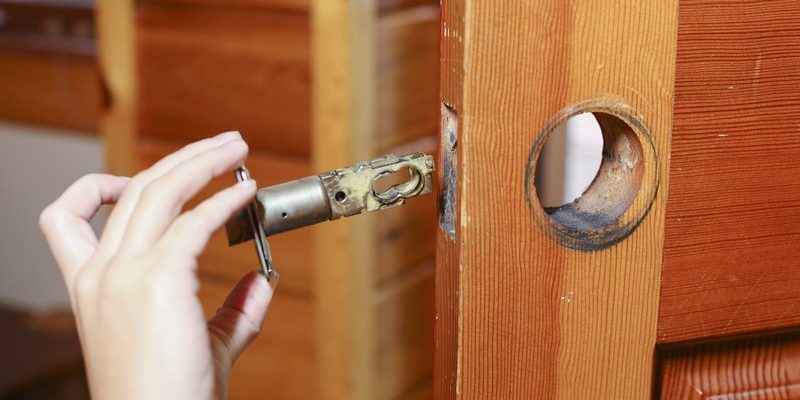
Replacing a damaged spindle might sound daunting, but it’s actually a pretty straightforward task. It’s like solving a simple puzzle; once you know how the pieces fit together, you’ll be amazed at how easy it is to fix. In this guide, we’ll walk through the steps to replace that pesky spindle and breathe new life into your door knob.
Understanding the Door Knob Spindle
Before we jump into the replacement process, let’s take a closer look at what the door knob spindle is. The spindle is a metal rod that connects the interior and exterior door knobs. When you turn the knob, the spindle turns, which releases the latch and allows the door to open. If the spindle wears down or breaks, the knobs may rotate freely without doing anything—a bit like a hamster running on a wheel without actually going anywhere!
You might be asking, “How does a spindle get damaged?” Well, it can happen for a few reasons. Regular wear and tear over time is the most common cause. If you’ve been using your door frequently, this can add up. Also, installing a knob incorrectly or using the wrong parts can lead to a broken spindle.
To fix this issue, you first need to identify which type of door knob you have. Most commonly, you’ll find either a passage knob, privacy knob, or a dummy knob. Knowing your knob type will help you find the right spindle replacement. Let’s dive into the steps for replacing that damaged spindle!
Gathering Your Tools and Materials
Before you start, it’s important to gather the right tools and materials. Here’s a simple list to make sure you have everything ready:
- Replacement spindle – Be sure to pick one that fits your door knob model.
- Screwdriver – A flathead or Phillips, depending on your screws.
- Rubber mallet – Helpful for tapping things into place without damaging them.
- Pliers – For gripping and twisting if needed.
- New door knob set (optional) – If your old knob is too worn out, it might be worth replacing entirely.
Having everything on hand helps streamline the process and keeps frustrations at bay. Honestly, the last thing you want is to be halfway through and realize you left a tool in the garage.
Removing the Old Door Knob
Now that you have your tools, it’s time to tackle the removal of the old door knob. Follow these steps:
1. Locate the Screws: Examine the door knob closely. Look for visible screws—most knobs will have them either on the side or underneath.
2. Unscrew the Knob: Using your screwdriver, carefully remove the screws. Keep them in a safe spot; you’ll need them later.
3. Separate the Knobs: Once the screws are out, gently pull the two halves of the knob apart. If they’re stuck, a light tap with the rubber mallet can help. Just be gentle!
4. Remove the Spindle: With the knobs separated, you can now see the spindle. It should slide out easily, but if it’s stuck, a little twist or wiggle might do the trick.
At this point, you might notice some grime or rust on parts of the knob. It’s a good idea to clean them before proceeding to the next step.
Installing the New Spindle
With the old spindle out, it’s time to install the new one. Here’s how to do it:
1. Align the New Spindle: Take your new spindle and fit it into the hole where the old one was. Make sure it fits snugly—too loose or too tight can both lead to problems down the road.
2. Reattach the Knobs: Slide the exterior knob onto the newly installed spindle first. Make sure it lines up and feels secure.
3. Secure with Screws: Take your screws and reinsert them into the knob base. Tighten them down, but avoid over-tightening as that can strip the screws or damage the knobs.
4. Check the Mechanism: Before you finish, give the knob a few twists to ensure everything is working properly. It should turn smoothly, and you should hear that satisfying click when the latch engages.
Testing Your Work
Now that you’ve installed the new spindle and reassembled everything, it’s time for the most important part: testing. Here’s what to do:
1. Open and Close the Door: Turn the knob and see if the door opens and closes smoothly. It should feel effortless. If it’s sticking, take a moment to check your work.
2. Check the Latch: Make sure the latch engages properly when you turn the knob. A malfunctioning latch can lead to security issues or leave you locked out.
3. Make Adjustments: If something doesn’t feel right, you may need to readjust the screws or positioning of the knobs. It’s better to fix it now than face problems later!
This testing phase is crucial. You don’t want to discover an issue when you’re in a rush to leave the house.
Maintaining Your Door Knob Spindle
After your successful installation, it’s time to think about the future. Maintaining your door knob can extend its life and save you from another repair down the road. Here are some tips to keep everything functioning well:
– Regular Cleaning: Wipe down your doorknob and spindle with a damp cloth to remove dust and grime. Avoid harsh chemicals that could damage the finish.
– Lubrication: A little bit of silicone spray can go a long way. Just a few drops on the spindle and latch can keep things operating smoothly. Avoid oil-based lubricants as they can attract dirt.
– Frequent Checks: Every once in a while, check for any loose screws or signs of wear. Early detection can save you a lot of hassle later.
Investing a small amount of time in maintenance can really pay off in the long run, literally keeping your door knobs from becoming a bigger headache.
When to Consider Professional Help
Sometimes, DIY fixes just aren’t enough. If you find that your door knob spindle keeps breaking or it’s not functioning smoothly after you’ve replaced it, it might be time to call in a professional. Here are some reasons you might consider professional help:
– Complex Mechanisms: Some door knobs have built-in locking systems or are a part of a larger security system. If these are malfunctioning, you might need an expert’s touch.
– Repeated Failures: If you keep replacing spindles regularly, it could indicate an underlying problem with the door or knob alignment. Professionals can identify and address these issues that may not be immediately evident.
– Time Constraints: Sometimes, you just have too much on your plate. If a door knob replacement isn’t something you can tackle, calling in someone who can do it quickly might be your best bet.
Replacing a damaged interior door knob spindle doesn’t have to be an intimidating task. With a little bit of knowledge and the right tools, you can quickly restore functionality to your door knob. Remember, think of the spindle as the silent hero of your door knob, working hard behind the scenes.
By following this guide, you’ll not only save money on repairs but also feel accomplished in tackling a DIY project. So the next time you find your door knob spinning aimlessly, you’ll know exactly what to do. Happy fixing!
